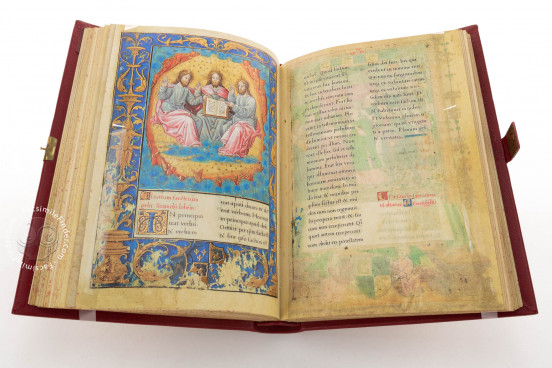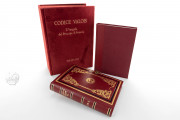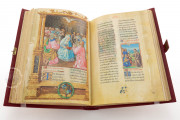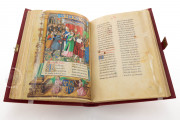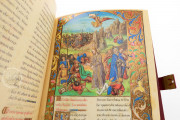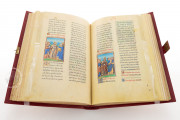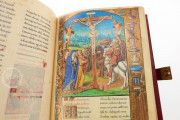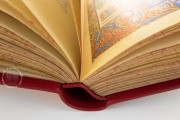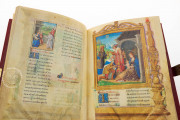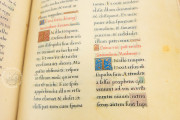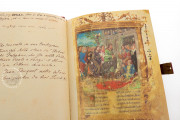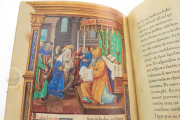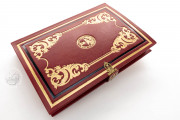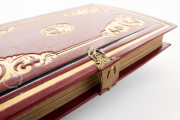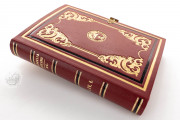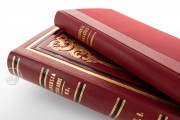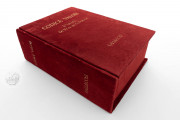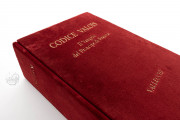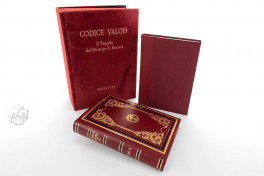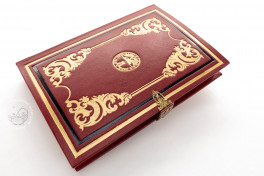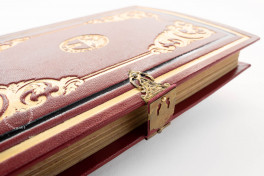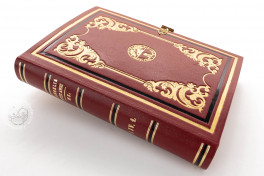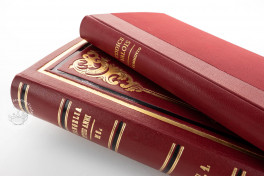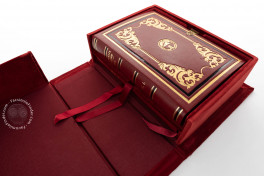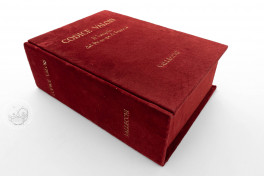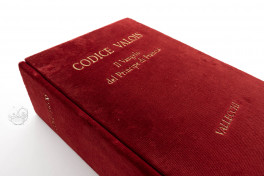The Illustrious Value of the Evangeliary
The MS 2020 of the Casanatense Library of Rome is a court Evangeliary of French origin which the Casanatense purchased around the late eighteenth-century or the early nineteenth century, and contains the passages of the Gospels read during mass in various periods of the year.
Recent in-depth studies on the history of illuminating in France during the Renaissance, have made it possible to shed light on the activity of ateliers, such as that of Tours which probably authored the Casanatense Codex, evidencing the stylistic characteristics and nuances of the artists who worked on behalf of the kingdom’s illustrious figures.
Our Evangeliary was probably made there around 1526, in the period in which king of France, Francis I was forced to send his two eldest sons, the Dauphin Francis and the younger Henry (the future Henry II) to Spain as hostages of Charles V, in exchange for his own freedom after the defeat of Pavia, which took place on February 24, 1525. The book was made along with a twin manuscript, today conserved at the National Library of Madrid, and a third codex, conserved at Chantilly, of a didactic nature, which aimed at educating the young princes, segregated for “raisons d’état” at Valladolid.
The Bond Among the Jewels of Renaissance Illumination
The three codices are joined by an incontrovertible bond, not only for the presence of the coats of arms of the Dauphin and the Cadets that abound in the decoration, but also because all three can be traced back to the hand of a copyist and illuminator from Tours referable to the entourage of the favourite artist of Queen Claude of France.In particular, the Casanatense Evangeliary seems to have been intended for the chapel of the dauphin Francis of Valois, as the recurrent crest confirms, while the Madrid manuscript was destined to the chapel of the cadets, in the hypothesis the brothers were separated during imprisonment.
This jewel of Renaissance illumination depicts delicate scenes which seem to communicate all the trepidation of its owner, Queen Claude of France – sovereign as well as mother – who saw her son torn from her breast, a hostage in Spain at the mercy of Charles V for that raison d’état which spared neither the powerful nor their inexperienced descendants. She thus had the Valois Codex made and given to her son to accompany him in exile, so that through reading it, he would be educated and initiated on a path of faith which would illuminate him for his entire life.
We have 1 facsimile edition of the manuscript "Casanatense Gospel Lectionary": Codice Valois. Il Vangelo del Principe di Francia facsimile edition, published by Vallecchi, 2008
Request Info / Price
